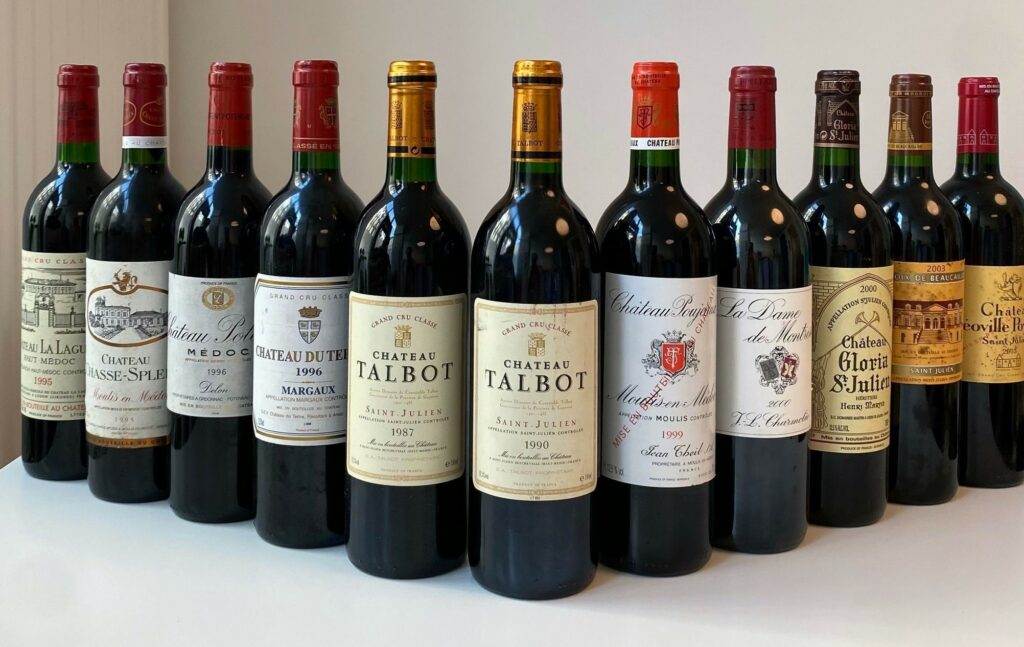Uncategorized
Tips and tricks for your WineTasting
Procedure:
Before starting the wine tasting, make sure that the senses are not affected by any other impressions. Full attention should be given solely to the wine. We want to not only taste this, but also perceive the smells and the color facets.
Eyes:
The first step is to examine the wine. Not only the coloring is interesting here, but also the brightness and clarity. If a wine is particularly bright and transparent, it usually means that the sugar content is lower.
The so-called “church windows” are a common feature, which can be seen right at the beginning. Also known as wine tears, the chirrups on the wine glass are created on the inside of the glass by swirling. They provide information about the density of the wine, which in turn is reflected in alcohol or sugar. The higher the alcohol content and/or sugar gradation, the wider, slower-flowing church windows form.
Nose:
Why am I waving the glass?
The glass is swirled before smelling to mix in more oxygen to help the aromas develop in the wine. This creates a more intense fragrance and the components become more distinct.
It is distinguished into three different levels: The odors of the primary aroma stage come from the grape variety – it is the “fruit impressions” that strike us right at the beginning. Secondary stage are the notes that are produced during fermentation. Lactic, lactic acid-like traits can be seen here. Tertiary aromas are those that arise both in the barrel and through the aging process. Very typical here are smells like vanilla or wood spice.
Mouth:
Of course, the third sense is the sense of taste. The mouth tastes and perceives the different flavors through the taste buds of the tongue.
These include: Bitter, Sour, Salty, Sweet and Umami. Probably the clearest difference is discovered in dry or sweet, with many aroma varieties often also referred to as extract sweetness. Acidity plays an important role in wines. Because sugar and acidity are very important for the aging of great wines.
Very clear here: Practice makes perfect. After a few bottles tasted attentively you taste the wine already quite different 😉
Tips:
A good setting for a wine tasting is 6-10 people. In the beginning it is easier to concentrate on the wine and to get to know the individual components. There are about 12 wine tasting portions in one wine bottle. Most often, one bottle more than the number of guests is calculated for a tasting.
The important thing is that you don’t let other flavors throw you off. For this reason, mostly only still water is recommended during tasting. Even smells like tobacco or perfume can distract you from the smell and taste of the wine. To neutralize the palate, for example in larger tastings, help drinks such as coffee or beer, because they act against acidity and tannin. But here we are talking about an espresso or a small glass of beer and then some water to wash down the foreign taste.
You will need:
At a wine tasting, the most important thing is the wine itself. Other than a good wine glass, no special equipment is needed.
What you should not forget, but certainly have at home:
A corkscrew, spittoons, DropStop, aluminum foil or a wine bottle sock to cover the bottle, pen and paper for notes.

 Deutsch
Deutsch